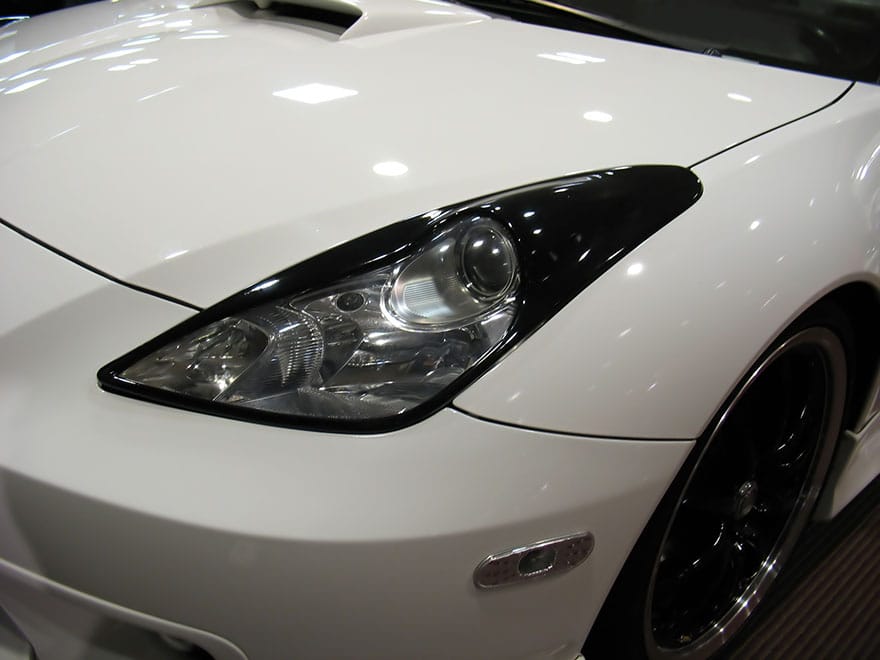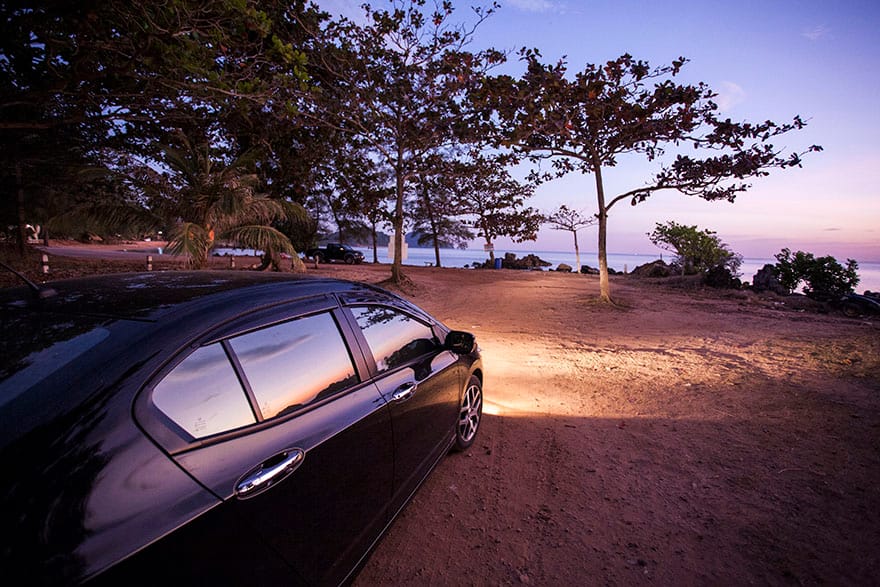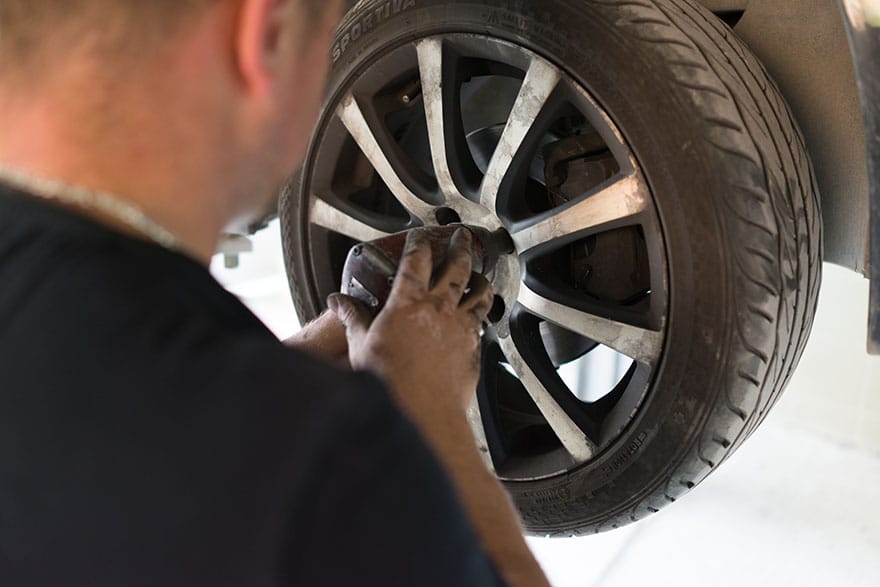There is no doubt that the winter season is hard on everything. While the cold weather is one thing, snow and excessive moisture is another. So, if you are someone who tries his best to protect their car paint in the winter, you can use car bodywork protection film or follow our tips below.
Wash Up
When it comes to protecting your car’s paint in the winters, the first thing you need to do to prevent the salt from causing corrosion is washing the vehicle. It may sound a bit too extreme but that is the only way to ensure that the salt is completely removed rather than allowing it to sit for longer periods.
When we say washing the car, we are not talking about giving it a proper detail, you can simply use a pressure washer and remove the existing water, salts, and ice buildup. If you regularly detail your car but cannot do it in the winter, we suggest using a wash and wax shampoo. This way, not only will the salts be cleared up but a wax layer will help protect the paint’s surface as well.
Waxing
Another great way to protect the car’s paint in winters is waxing. Even though waxing should be done regularly to keep the vehicle looking as good as new, but it becomes more important as the winter season sets in. However, when it comes to choosing the perfect wax, people often become confused considering the overwhelming number of choices.
While some waxes focus on improving the shine, others are engineered to protect the vehicle’s paint. Additionally, to apply wax, you need a closed and warmer area. You cannot simply apply the wax when it is snowing outside. Waxing the car leaves a thin protective layer on the paint’s surface, which acts as a barrier between the paint and extreme weather conditions.
Therefore, if anything comes in contact, it does so with the wax and not the paint. Therefore, choose a sunny day and wax your car so that you do not have to worry about moisture damaging the paint at night.
PPFs
Paint protection films are becoming increasingly popular. Back in the day, ceramic, Teflon, and glass coating were relatively more popular but PPFs took the game ahead. As the term suggests, PPF are films that are designed to protect the vehicle’s exterior against extreme weather conditions and scratches.
However, PPFs are more towards the expensive side when compared to coating. You can also opt for ceramic or glass coating if the budget is slightly less but there is nothing outnumbering PPF in terms of advantages as of today.
In addition to that, PPFs are installed by certified experts. It takes on average around 3-4 days to install a PPF and cure. If the PPF does not properly cure, it will not last long. If done properly, you can expect a PPF to protect your vehicle’s paint for at least 5 years.
Cover The Vehicle
Even though it is as simple as it gets, but covering the vehicle is often overlooked by vehicle owners. If your vehicle is supposed to remain parked outside in the open for most of the day, you should cover it up. In some cases, like a hailstorm, when balls of ice are dropping straight onto the vehicle, it is better to park it under a share or at least cover it up.
This way, you can easily prevent ice buildup that would otherwise need to be wiped off causing swirls and scratches. With absolutely nothing to wipe off in the morning, your early morning routine won’t be that difficult after all.
Brush Away
If washing the car regularly or coatings is something you do not prefer, simply buy a soft brush and wipe away the ice buildup. Make sure that you do not use aggressive brushes and ice scrapers as you will easily end up damaging the paint and the windows.
Tools particularly designed to clear ice buildups on vehicles are easily available at local supermarkets. You can use them any time of the day but make sure to wash and clean them as well.
Final Word
When it comes to protecting your vehicle’s paint, you should go the extra mile and connect with 3m paint protection film installers Springfield. The reason is, it helps maintain the resale value. Otherwise, corrosion will lead to expensive paint jobs and repairs.


